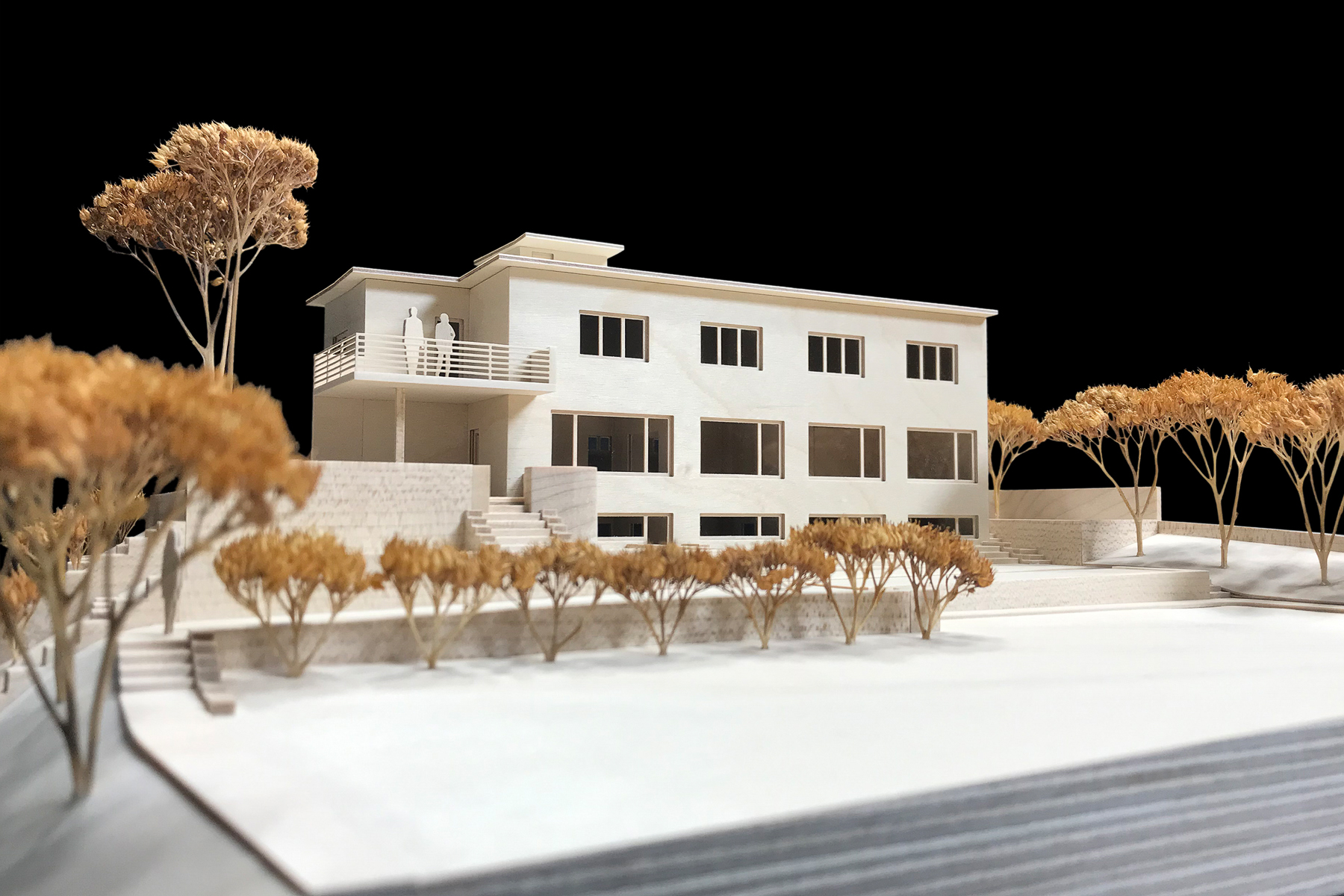Understanding City Planning Models
City planning models serve as essential tools in the visioning and development of urban spaces. These models provide a structural framework for understanding how cities develop over time, allowing planners and stakeholders to make informed decisions. The concept of a city planning model can be seen as a blueprint for urban development, aiming to balance social, economic, and environmental needs while fostering growth, sustainability, and livability.
Definition and Importance of a City Planning Model
A city planning model is a comprehensive framework that encapsulates the dynamic processes of urban growth. These models help in organizing and analyzing the complex interrelationships between various components of urban environments—such as land use, transportation, infrastructure, and public services. The importance of city planning models lies in their ability to guide decision-making, create transparency in planning processes, and facilitate community engagement.
Moreover, by simulating different scenarios and potential outcomes, urban planners can evaluate the impacts of policies before their implementation, reducing risks associated with urban development. City planning models embody the principles of sustainability, aiming for resilience against environmental challenges while optimizing resource management.
Key Elements in Urban Planning Models
Effective city planning models incorporate several key elements, including but not limited to:
- Land Use Patterns: Understanding how land is utilized—residential, commercial, industrial, etc.—is fundamental to shaping urban environments.
- Transportation Systems: Analyzing transportation routes and access provides insight into mobility and connectivity within the city.
- Public Services and Amenities: Availability of services such as education, healthcare, and recreation facilities plays a vital role in ensuring quality of life for residents.
- Environmental Considerations: Integrating green spaces, biodiversity, and ecological sustainability within urban planning promotes environmental health.
- Community Engagement: Involving residents in the planning process ensures that developments cater to their needs and fosters a sense of ownership.
Differences Between Traditional and Modern City Planning Models
Traditionally, city planning models were often prescriptive and top-down, with decisions made primarily by planners and government officials without significant input from the community. This approach often led to disconnects between planners and residents, resulting in developments that did not meet the actual needs or desires of the populace.
In contrast, modern city planning models adopt a participatory approach, emphasizing collaboration among stakeholders, including residents, businesses, and governmental agencies. This change reflects a growing recognition of the complexity of urban systems and the need for adaptability. Modern models utilize technological advancements, such as Geographic Information Systems (GIS) and modeling software, to visualize urban dynamics and engage community feedback effectively.
Core Components of Effective City Planning Models
Land Use and Zoning Regulations
Land use planning is foundational to effective city planning models. Cities function as intricate ecosystems where various activities compete for space. Zoning regulations dictate where and how different types of land can be utilized, ensuring compatibility among diverse uses—residential, commercial, industrial, and recreational. By implementing zoning laws, planners can control urban sprawl, minimize conflicts between land uses, and promote density in desirable areas, fostering vibrant communities.
In addition, mixed-use development facilitates more dynamic urban areas where residents can work, shop, and engage in leisure activities within close proximity, encouraging walkability and reducing reliance on automobiles.
Transport Infrastructure Planning
Transport systems are vital participants in urban planning, as they influence accessibility and connectivity within the city. A robust transport infrastructure—comprising roads, public transit, cycling paths, and pedestrian walkways—is essential to frame the spatial organization of urban areas. Effective transport planning improves mobility for residents and reduces environmental impacts, promoting a more sustainable urban form.
Moreover, transit-oriented development focuses on creating high-density living opportunities around public transit hubs, thereby encouraging the use of public transport and minimizing traffic congestion. Incorporating smart transportation technologies enhances overall efficiency and accessibility, shaping cities into more interconnected living spaces.
Community Engagement in City Planning
Community involvement in urban planning is crucial to ensure that developments reflect the needs and desires of the local population. Engaging citizens in the planning process fosters transparency and promotes ownership of the urban environment. Techniques for effective community engagement include public forums, workshops, surveys, and participatory design sessions, allowing residents to contribute to discussions on development proposals.
Moreover, utilizing tools like virtual reality models can help visualize proposed changes, making it easier for community members to grasp the impacts of planning decisions. A participatory approach not only enhances decision-making but also leads to solutions that are more widely accepted and valued by residents.
Popular City Planning Models in Practice
Garden City Model
The Garden City model originated in the late 19th century and reflects a holistic approach to urban design that emphasizes green spaces and integration with nature. The core idea revolves around creating self-sufficient towns surrounded by agricultural land, maintaining a sustainable balance between urban and rural environments. Each Garden City contains residential areas, parks, schools, and commercial spaces, designed to promote community interaction while ensuring accessibility to nature.
Garden Cities aimed to reduce urban congestion and improve residents’ quality of life by offering expansive green areas and communal spaces. While original concepts were implemented in places like Letchworth and Welwyn in the UK, aspects of the Garden City model inform many contemporary developments that prioritize greenery in urban environments.
Transit-Oriented Development Model
The Transit-Oriented Development (TOD) model focuses on maximizing access to public transport systems while reducing reliance on private vehicles. By clustering dense residential and commercial developments around transit hubs, cities can enhance accessibility and provide vibrant urban settings that encourage walking, biking, and utilizing public transportation.
TOD promotes sustainable living by integrating housing, jobs, and amenities within close proximity to transit options, ultimately leading to reduced congestion and lower emissions. Cities such as Portland, San Francisco, and Washington D.C. have successfully adopted TOD principles, demonstrating effective urban revitalization and community growth.
Smart Growth Approach
Smart Growth is an innovative urban planning strategy that advocates for compact, walkable neighborhoods that integrate a variety of land uses, fostering a sense of community while promoting sustainable practices. This approach prioritizes infill development, which revitalizes underutilized spaces within existing urban boundaries, minimizing sprawl and protecting natural resources.
Smart Growth emphasizes pedestrian-friendly infrastructure, mixed-use developments, and transportation alternatives, enabling cities to support diverse populations effectively. Leading cities, such as Denver and Charlotte, have implemented Smart Growth policies to enhance livability and sustainability, reimagining urban landscapes in favor of both residents and the environment.
Steps to Develop a Successful City Planning Model
Research and Data Collection for Urban Planning
The foundation of any successful city planning model lies in comprehensive research and data collection. This involves gathering demographic data, economic statistics, land use patterns, environmental assessments, and transportation networks. Planners should also consider public preferences, aspirations, and challenges through community outreach and engagement.
Utilizing analytical tools such as GIS provides planners with spatial insights and helps visualize connections and relationships within urban environments. This data-driven approach not only informs planning decisions but also enhances the ability to predict future trends, allowing for a more proactive urban planning process.
Creating Scalable and Adaptive City Models
Effective city planning models should be scalable and adaptable to account for future growth and environmental changes. This adaptability allows planners to respond dynamically to changing circumstances, such as demographic shifts or technological advancements. Planners should incorporate flexible policies and instruments that facilitate adjustments over time, ensuring that urban development remains sustainable and progressive.
Implementing modeling software can facilitate iterations and simulations, helping stakeholders visualize various scenarios and identify potential outcomes before making decisions. Such adaptability not only empowers urban planners to make informed decisions but also builds resilience in urban infrastructure against potential disruptions.
Implementation and Evaluation of Planning Outcomes
The transition from planning to implementation is critical in realizing the benefits of city planning models. Planners need to establish clear strategies and phases for executing proposed developments, which involve coordination among various stakeholders, including government agencies, investors, and the community.
Moreover, post-implementation evaluation is vital to assess the effectiveness of implemented strategies. This ongoing measurement allows urban planners to track progress, identify challenges, and adapt strategies as needed to meet evolving community requirements. Implementing performance metrics can provide quantifiable data, enabling planners to evaluate social, financial, and environmental outcomes effectively.
Future Trends in City Planning Models
Integration of Technology in Urban Planning
Technological advancements are reshaping the landscape of urban planning. Innovations such as artificial intelligence, big data analytics, and machine learning are integrated into city planning models to enhance decision-making, streamline processes, and improve operational efficiency.
Moreover, the use of 3D modeling and virtual simulations enables stakeholders to visualize urban changes dynamically, transforming conceptual designs into engaging, interactive environments. Technology has the potential to enhance community engagement exponentially, allowing residents to explore proposed developments immersively and provide meaningful feedback.
Sustainability Practices in Modern City Models
Modern city planning models increasingly prioritize sustainability as a core tenet. This includes promoting green infrastructure, energy-efficient buildings, and leveraging renewable energy resources. Sustainable practices such as rainwater harvesting, green roofs, and urban farming are increasingly integrated into cityscapes, contributing to lower environmental impact and improved urban resilience.
Additionally, social sustainability remains paramount. Ensuring equitable access to resources and amenities for all residents is critical to promoting community integration and a sense of place. Modern city planning should actively seek to address historical inequities to create more inclusive urban environments.
The Role of Public Policy in Shaping City Planning
Public policy is a pivotal element in framing the future of city planning models. The interplay between government regulations, funding, and public priorities directly impacts urban development initiatives. Policies that support affordable housing, transportation funding, and environmental protections can effectively shape urban spaces in line with community needs and aspirations.
Moreover, policy advocacy must involve collaboration among community organizations, governmental agencies, and private sectors to create comprehensive frameworks that fuse the interests of various stakeholders. As cities face evolving challenges such as climate change, public health crises, and socio-economic inequalities, cohesive and forward-thinking public policies will be essential in crafting effective city planning models for the future.




